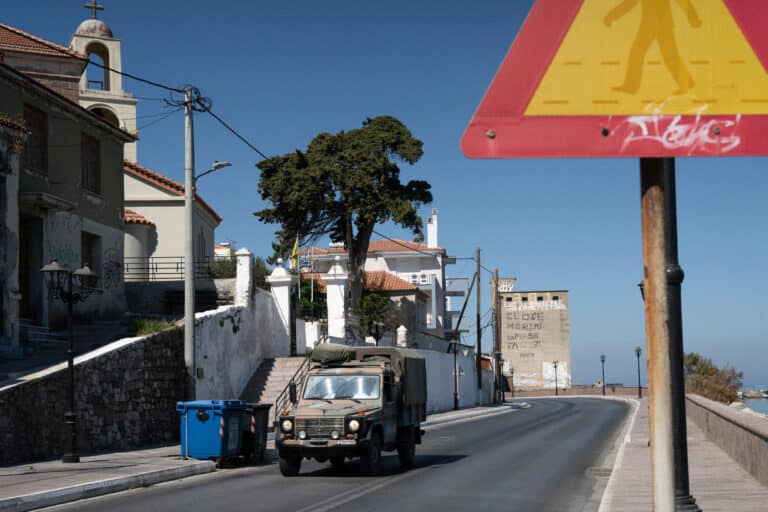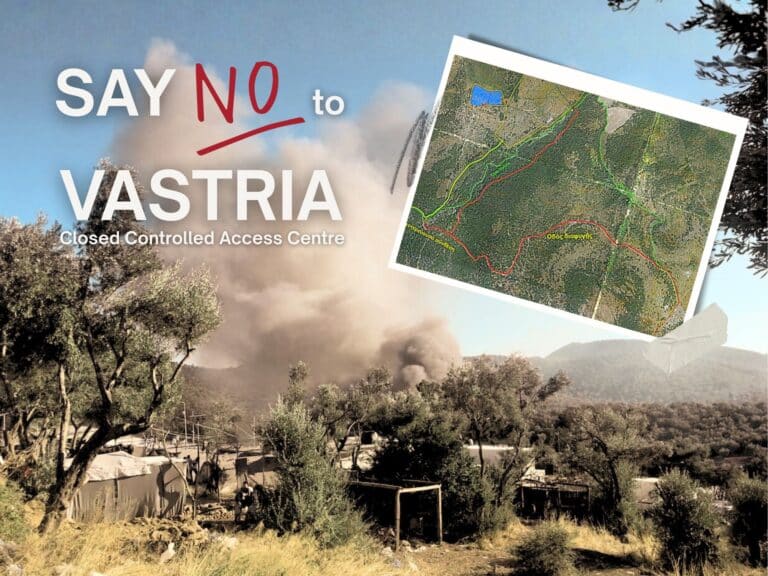“Christ is still in the rubble,” was Rev. Munther Isaac’s poignant reflection today in Bethlehem. Last year, the Palestinian pastor proclaimed, “If Jesus were to be born in our world today, he would be in Gaza, under the rubble.” Four hundred and forty days have passed since the Israeli genocide in Gaza began, and the bombing has not ceased – pulverizing entire buildings and massacring entire families. Commissioner-General of the UN Palestinian Refugee Agency (UNRWA), Philippe Lazzarini, poignantly stated, “We are running out of words to describe the situation in Gaza.”
Four recent reports unequivocally outline the genocidal intent of Israel’s assault on Gaza. The first, a 32-page report for the UN General Assembly by UN Special Rapporteur on Palestine, Francesca Albanese, concludes: “The current genocide is part of a century-long project of eliminatory settler colonialism in Palestine, a stain on the international system and humanity, which must be ended, investigated, and prosecuted.” In early December, Amnesty International published “Feel Like You Are Subhuman: Israel’s Genocide Against Palestinians in Gaza.” The most distressing section presents the clinical evidence of genocidal pronouncements by Israeli officials, which their soldiers subsequently enact. A few days ago, Human Rights Watch published “Extermination and Acts of Genocide,” a report detailing how Israel has deliberately obstructed Palestinians’ access to the adequate amount of water required for survival in the Gaza Strip. They conclude that this pattern of conduct, coupled with statements suggesting that some Israeli officials desired to destroy Palestinians in Gaza, may constitute the crime of genocide. The final report, “Gaza: Life in a death trap,” published by Doctors Without Borders, finds that Israel’s attack “provoked the collapse of Gaza’s already-vulnerable healthcare system” and systematically destroyed the conditions of life in Gaza, forcibly displacing most of the population, choking off humanitarian aid, and reducing much of the territory to rubble.
“Christ is still in the rubble.”
In antiquity, Gaza was renowned for its clean aquifers that quenched the thirst of numerous inhabitants and invaders. These clean water sources on the desert’s edge served as meeting points where people shared stories and life; vivid images of life around wells in the Near East are richly depicted in biblical narratives. Over the past sixteen years, the transformation of Gaza into an open-air prison, confining over two million people to a space intended for 150,000, has depleted these water sources. In the past year, Israel has bombed the remaining clean water supplies and destroyed the solar panels powering desalination plants.
Christ is without water.
The death toll continues to rise daily, demanding a resounding call for justice. At least 17,000 children have been killed, while many of us eagerly await the advent of a single child. What does Christmas truly signify in this context?
Palestinian poet Khaled Juma poignantly wrote:
“Oh, rascal children of Gaza,
You who constantly disturbed me with your screams under my window,
You who filled every morning with rush and chaos,
You who broke my vase and stole the lonely flower on my balcony,
Come back—
And scream as you want,
And break all the vases,
Steal all the flowers,
Come back,
Just come back…”




